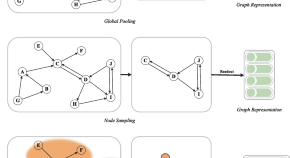A Pruning Method Combined with Resilient Training to Improve the Adversarial Robustness of Automatic Modulation Classification Models
Authors (first, second and last of 5)

Collection
Harbin Engineering university, China linyun@hrbeu.edu.cn
Harbin Engineering University, China, hrbeu_meiyu@hrbeu.edu.cn
Guilin University of Electronic Technology, China, wangjy@guet.edu.cn



